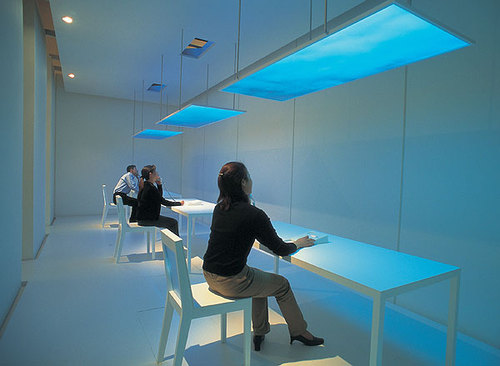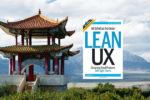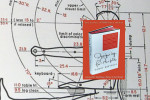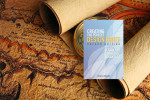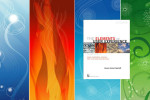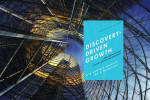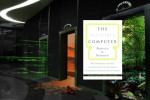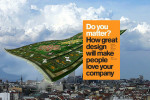The hidden side of everyday things
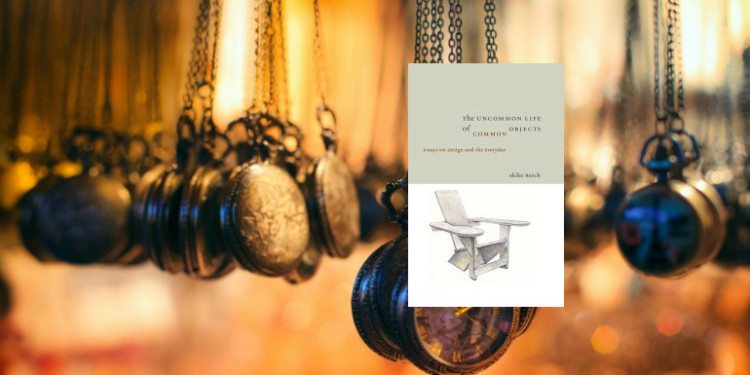
The Uncommon Life Of Common Objects by Akiko Busch
This great set of essays by Akiko Busch explores the depth and meaning of common objects like cereal boxes, strollers, mailboxes, refrigerators, and medicine cabinets. She examines how we create and establish relationships with objects in our daily lives and how objects hold our stories and aspirations. Each essay touches on functional attributes of an object, its design history, and connection with culture and society. The Uncommon Life Of Common Objects reflects the personal and social themes that are at play in the rapidly changing technology of our times.
We seem to accept the idea that things have a life of their own. And that acceptance is the beginning of having an emotional relationship with inanimate objects.
Objects define us, create emotional ties with us, build memories, and establish relationships with the physical world. Some things are mundane and practical while others are highly designed and aspire to higher meaning. The objects in the book are connected both to personal histories and larger technosocial trends–the design of each is influenced by these multiple threads. Man made things are the result of our shaping of the world and the objects in our lives assure us that “the world accommodates us and that we, in turn can accommodate it…”
This book was written in 2004, when the internet and mobile technology was in mainstream usage, but before social networks and the explosion of smart phone usage. Many objects in her essays show the early traces of physical/virtual crossover in design and usage. Technology is seen pulling artifacts towards new meanings and designs, yet old conventions and archetypes still persist. Busch covers a lot of ground in these short, thought-provoking essays and uses the experiences of her young sons as a point of departure for many of the object narratives.
People often think of design as having to do with style. But I think it has more to do with the mysterious compulsion we have to turn to things when we find it impossible, for one reason or another, to turn to people. What is it about objects that induces us to include them in our emotional lives?
Multiple Meanings
…this…I suppose is how objects acquire meaning–they begin by signifying one thing then start to represent the very opposite.
Busch starts with an essay about strollers and finds many contradictory attributes of these products whose use has grown exponentially in complexity, function, and importance in many parents’ lives. Strollers, once basic conveyances for infants, have evolved to incorporate high tech materials and a variety of features that speak more to the values of the parent than the needs of the child. She notes that raising a child is a highly contradictory effort–ensuring security and assurance on one hand and fostering independence on the other. The stroller spans these two poles by offering both safey and mobility.
Many objects available today are multiple generations away from their origins, but the nostalgia for the original functional object still remains. A camera that uses physical film or the phone with a cord and cradle are associated with simpler, more direct experiences. No object retains the intended meaning from its designer forever–all things in our lives are subject to appropriation and transformation as we take them with us and intersect our stories with other lives. In some essays, Busch seems to be asking whether some objects are more amenable to deeper meaning than others. As she looks across generations, she finds new meanings being created with objects like backpacks and snowboards.
Identity / Personal History
Along with the first haircuts, words, steps, and sentences is the emerging awareness that the things one collects and carries help compose identity.
As a container for our personal things, backpacks signal independence and ownership from an early age. Busch traces many of the forces at play within the design and usage of backpacks. The amount of homework, size of school lockers, attributes of school books, material objects available to children, and teaching methods all converge to define the configuration of a backpack.
Other important containers in our lives include the refrigerator and the medicine cabinet. These things correspond to two of the most important rooms in our homes–the kitchen and bathroom. The items contained within these storage units tell the stories of our lives and have been the subject of art exhibitions.
Like the backpack, which is often used to carry physical books that are now being replaced with electronic books, the mailbox is still a mandatory element of our lives in the age of e-mail, texting, and social networks. Like strollers, mailboxes have evolved far beyond their prosaic roots and have become heavily fortified, highly engineered objects. However, unlike many of the objects in the book, mailboxes are frequently designed or modified by their owners.
These containers span a boundary between their simpler origins and present day manifestations that are subject to powerful technologies such as electronic mail and electronic books. Like many objects, the backpack carries with it a feeling of reassurance and capability–I know what I need and it will be there for me.
Physical/Virtual
The interface between physical and virtual objects is a common thread through many of Busch’s essays. The telephone is both substantial and virtual, giving life to relationships and changing the way we can communication and how. Phones have evolved and transcended their original functions, but maintain many of their original meaning and purpose–creating and maintaining human relationships.
Much design is focused on chairs, but desks prove to be a fertile ground for design exploration. Busch showcases Naoto Fukasawa’s Personal Skies installation that explores the creation of personal space within a corporate environment. This design moves away from the purely functional and towards experience and connection with the environment. (Here’s another example of indoor skies.)
Another approach to the design of desks is the PowerDesk, which physically integrates a computer and its interfaces within the furniture. The CPU and drives are located within the desk itself. This design extends the concept of a computer to encompass an entire piece of furniture.
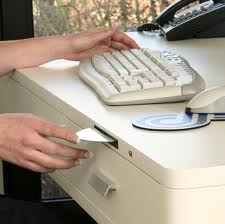
Busch writes about refrigerators, which are at the center of the “infopliance” movement which seeks to bring information technology into the kitchen. This technology has branched out in many directions–food management, internet access, cooling/heating capabilities, and environmental control. In seeming contradiction to these high tech augmentations, refrigerator front panels are home to artwork and important information. Like the desk and backpack that gather and store our personal artifacts, the refrigerator attracts children’s artwork, family photos, calendars, and flyers. Even with high tech appliances, we attach our personal memories and emotional reminders to its surfaces.
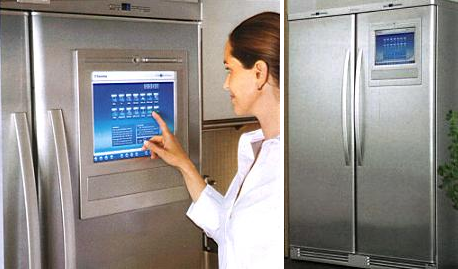
The traditional usage / new usage theme is prevalent in many of Busch’s essays as she stands between two generations which have seen a tremendous change in technology and meaning. How previous generations understood refrigerators, mailboxes, and telephones is different than current generations. Her essays provoke the question: “what has changed between now and then?” This book is so enjoyable because of its multiple layers and perspectives on commonplace objects that belie their apparent simplicity.
